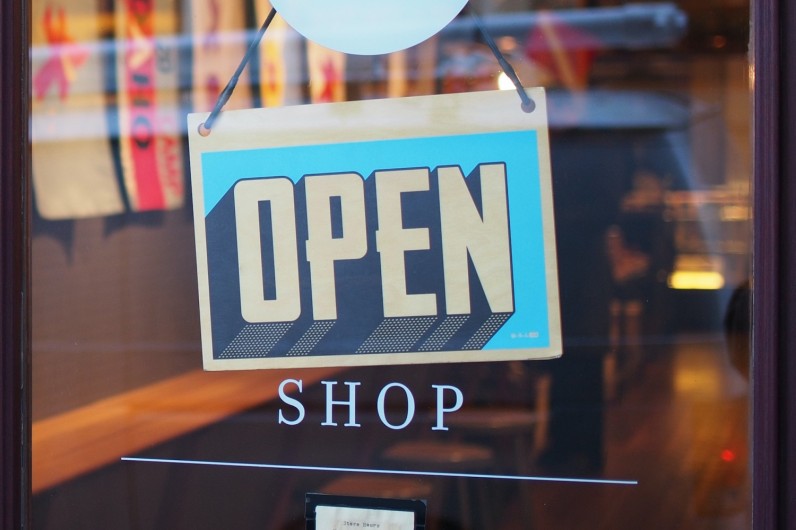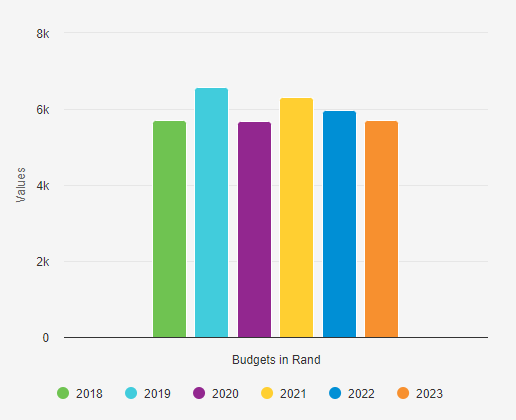
Retail is a difficult place to be right now. With soaring interest rates and the cost-of-living crisis squeezing disposable incomes, discretionary spending is down, and online and brick-and-mortar stores are suffering.
During a period where budgets are stretched thin, retailers must be aware of the threats they face and the potential opportunities that lie ahead. Even in difficult times, retailers can still aim for calculated growth; they just need to be more resourceful when it comes to how they can achieve it.
What threats lie ahead?
As we stare into a rapidly approaching New Year, retailers currently face an unprecedented range of risks, from inflation to climate change. Here are some of the biggest threats they should look out for in the year to come.
Climate Change
The existential threat of climate change is steadily becoming a real threat for South African retailers. The weather changes are not only affecting what consumers buy and when. They are also having a more tangible impact on stores.
For example, last year's floods in KwaZulu-Natal affected some 826 businesses and caused an estimated £R7bn of damage. As well as the physical damage to local businesses, many retailers were also left to navigate the choppy waters as more than 40,000 people, including customers and employees, were displaced.
Economic Instability
The economy in South Africa is at breaking point, with spiraling unemployment, inflation, and interest rates causing headaches for native retailers. Retail sales fell 1.6% year-on-year in March, with reduced consumer spending power and other factors such as ongoing power cuts and even looting creating a perfect storm for retailers.
Interest rates have also increased the cost of debt, and approval rates for credit have flatlined, meaning there are fewer people with money to spend.
Inconsistent Shopper Behavior
Consumers have had to adapt to the uncertain economic climate, which is again causing problems for retailers. There is now less predictability about short-term and long-term spending patterns, which is making it more difficult for retailers to know what stock to buy and at what levels.
A consumer spending survey conducted by the 'easy loan' provider Wonga concluded that from a sample of over eight thousand previous customers:
Consumers are spending less on discounts and sale events
Fewer people are borrowing money to finance their spending
Spending on luxury items is falling as consumers choose to focus on the essentials
What's particularly enlightening in the Wonga survey results is that the average consumer's budget for the 2023 festive period is almost identical to the budget from five years ago in 2018. This is despite a rocketing cost of living crisis across the country. This suggests that the average consumer isn't prepared (or is financially unable) to splurge even on festive or special occasions.

What opportunities does this bring?
That certainly paints a bleak picture for retailers, but there are still opportunities out there for online and offline stores that are willing to adapt their offerings and navigate the risks.
Digital Diversification
This is something that started during the pandemic and is continuing as a method of overcoming the ongoing uncertainty. Traditional brick-and-mortar retailers are exploring new opportunities to sell online and open their products up to new customers, while stores that already operate online are seeking to diversify into new markets.
Data-Driven Price Adjustments
Retailers are finding it more difficult than ever to identify consumer trends and behaviors. That's why real-time price optimization strategies are taking their place. Retailers are using real-time data to provide insights into demand, the competitive landscape, and buying patterns. They then adjust their offering accordingly to determine their prices, offers, and stock levels.
Giving Customers More Choice
In an uncertain world, customers value one thing above all else: choice. Customers want the flexibility to be able to buy when and how they want. Providing as many routes to purchase as possible, such as self-checkout, in-store ordering, self-purchase scanners, and click and collect, can make sure you're the retailer customers turn to when they're ready to buy.
Unpredictability and uncertainty are here to stay, certainly for the short term, so it's important to think about the steps you can take now to ride out the risks and help your retail business thrive.







Join the Conversation